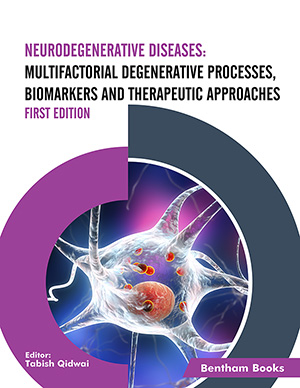Abstract
SHS investigation development is considered from the geographical and historical viewpoint. 3 stages are described. Within Stage 1 the work was carried out in the Department of the Institute of Chemical Physics in Chernogolovka where the scientific discovery had been made. At Stage 2 the interest to SHS arose in different cities and towns of the former USSR. Within Stage 3 SHS entered the international scene. Now SHS processes and products are being studied in more than 50 countries.
Abstract
Huntington's disease (HD),
a hereditary autosomal dominant neurodegenerative disorder is characterised by
weak cognitive and motor functions. The symptoms most commonly prevail among
30-50 years age group people. The coordination and movement abilities gradually
worsen, and mental abilities mostly decline that progress towards dementia. The
basis behind the HD disease is neuronal death due to mutations in huntingtin
(HTT) protein, a protein required for the development and survival of neurons.
There is an increase in the number of CAG repeats that generally code for
glutamine within the HTT gene, resulting in an expansion of polyglutamine chain
in HTT protein. This mutated HTT protein is toxic causing neuronal death and
motor dysfunction. There is no known therapy for this disease other than
suggestive relief treatment approaches. The review will be discussing here the
molecular mechanism, pathophysiology and the potential biomarkers associated
with HD.
Keywords:
We recommend

Authors:Bentham Science Books






